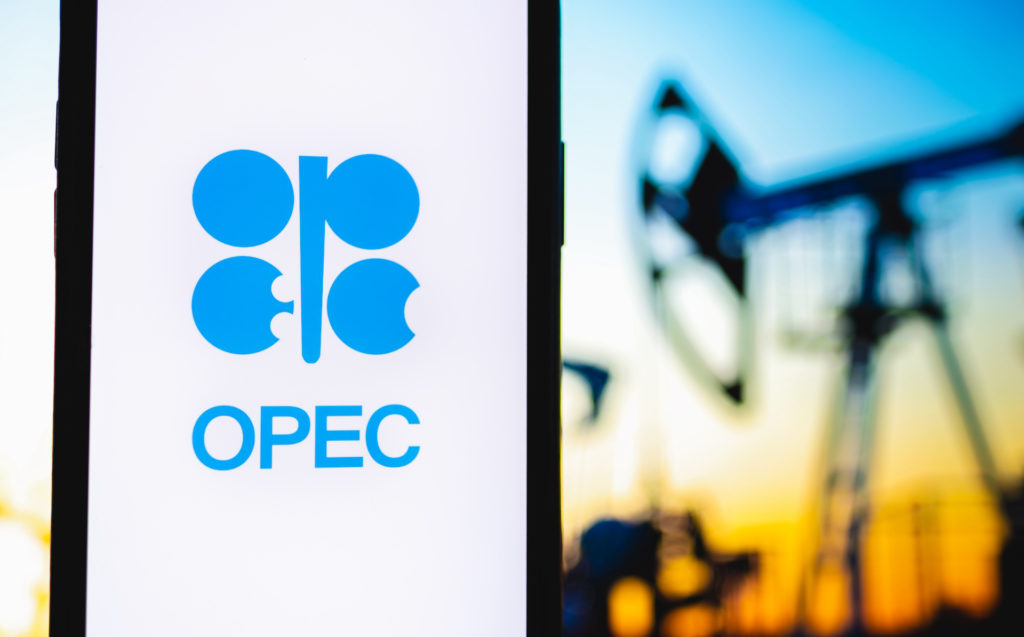
OPEC+ officials met for a virtual meeting on Tuesday and reaffirmed its current plans to gradually increase production in July. Its outlook for global oil demand growth at around 6 million barrels per day this year. “The market is now facing the exact opposite dilemma of April 2020,” said Louise Dickson, an analyst at consultancy Rystad Energy. “Producers now have just as delicate of a task to bring back enough supply to match the swiftly rising oil demand. If markets over-tighten, a flare-up in prices could jeopardize the global economic recovery.”
Oil prices rose with Brent topping $71 per barrel, the highest level in more than two and a half years, driven by expectations that recovering demand with summer travel and reopening economies will easily accommodate the gradual increase in OPEC+ production, Oilprice said. Riyadh and Moscow have often diverged on how quickly to bolster output, with the kingdom typically advocating restraint and Russia more impatient to expand sales volumes. The United Arab Emirates, another key player, has also shown eagerness to boost exports. It remains a delicate balancing act. “The demand growth is pretty OK, the OPEC+ discipline is very good, inventories are going down,” Fereidun Fesharaki, chairman of consultants FGE, said in a Bloomberg television interview. “If there is no Iranian shadow on the market, prices could hit $75-$80 by the middle of the third quarter.” Even with Brent at the $70 marker, some analysts see more room to run. “We see demand outstripping supply in the order of 650,000 barrels per day and 950,000 bpd in Q3 and Q4 respectively,” ANZ analysts said.
OPEC+ enjoys new era with oil majors constrained. Western oil companies are under escalating pressure to constrain their production as the energy transition gathers pace. But with supply kept in check, OPEC+ could see new tailwinds with space to bring production back online even as oil prices remain at relatively high levels. “We see a shift from stigmatization toward criminalization of investing in higher oil production,” said Bob McNally, president of consultant Rapidan Energy Group and a former White House official.
Iran aims to ramp up supply. The U.S. and Iran are nearing a deal to restore the terms of the 2015 nuclear agreement, and Tehran is already eyeing an increase in oil production. “The next Iranian government should make it a top priority to raise oil production to 6.5 million barrels a day,” Iranian oil minister Bijan Namdar Zanganeh told. The higher output will “improve the country’s security and political might.” Separately, an Iranian official said they hoped for a deal by August, dampening prospects that a deal would be reached this week.
A year after cutting unprecedented volumes of crude, the OPEC+ alliance is expecting world oil markets to get acutely tight. The coalition, led by Saudi Arabia and Russia, believes the glut created when the coronavirus pandemic crushed businesses and fuel demand has nearly gone, and that oil stockpiles will diminish rapidly in the second half of the year as lockdowns ease and travel picks up. That leaves the Organization of Petroleum Exporting Countries and its partners with a decision to start pondering on Tuesday: whether to pump more oil or hold back while the outlook is still so mired in uncertainty, Bloomberg said.
